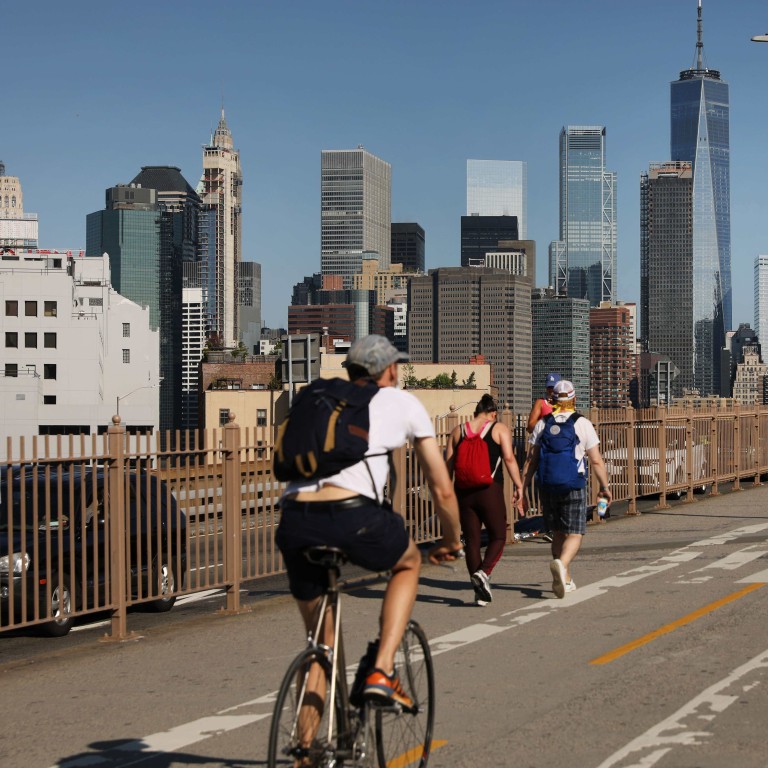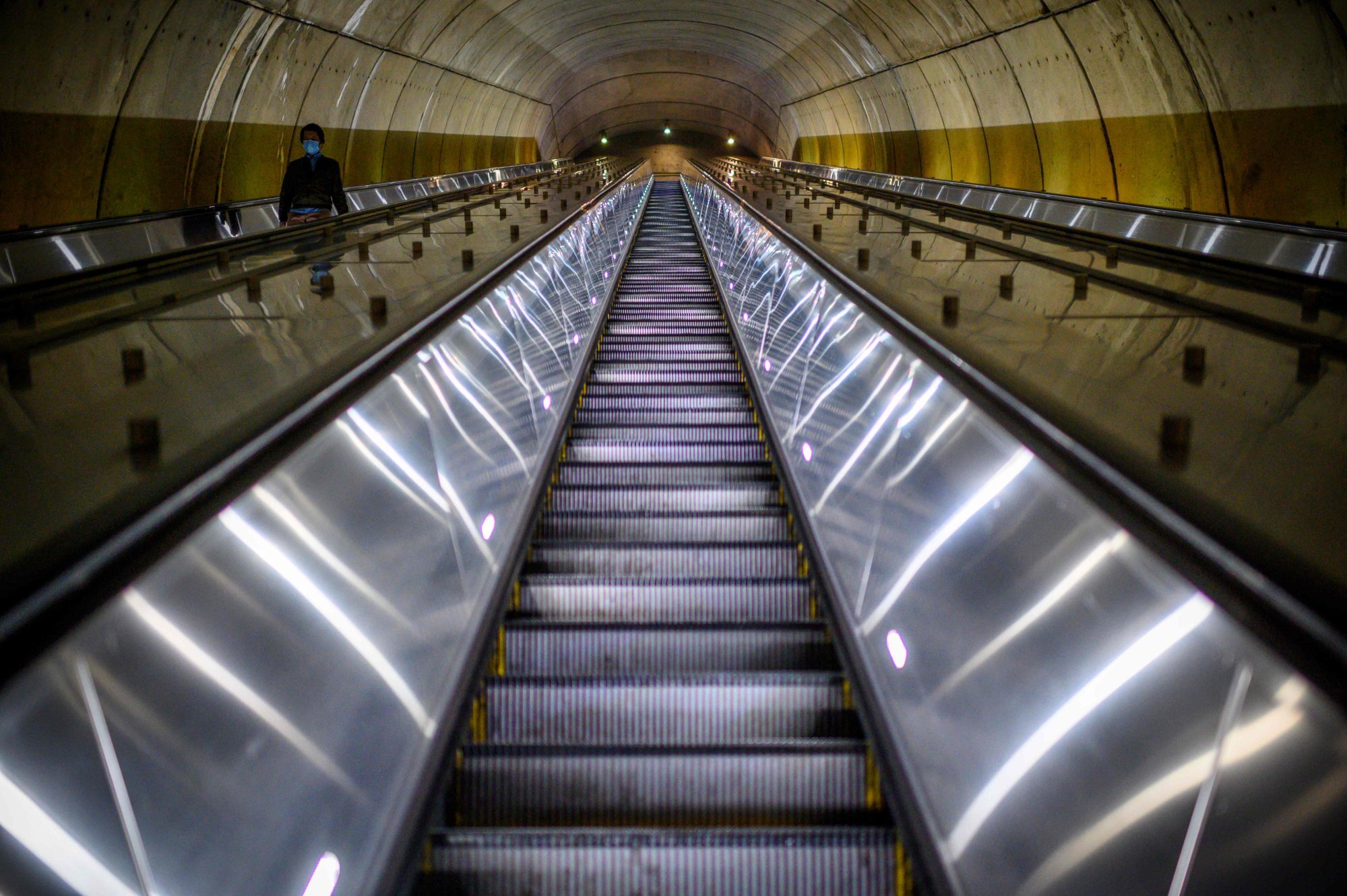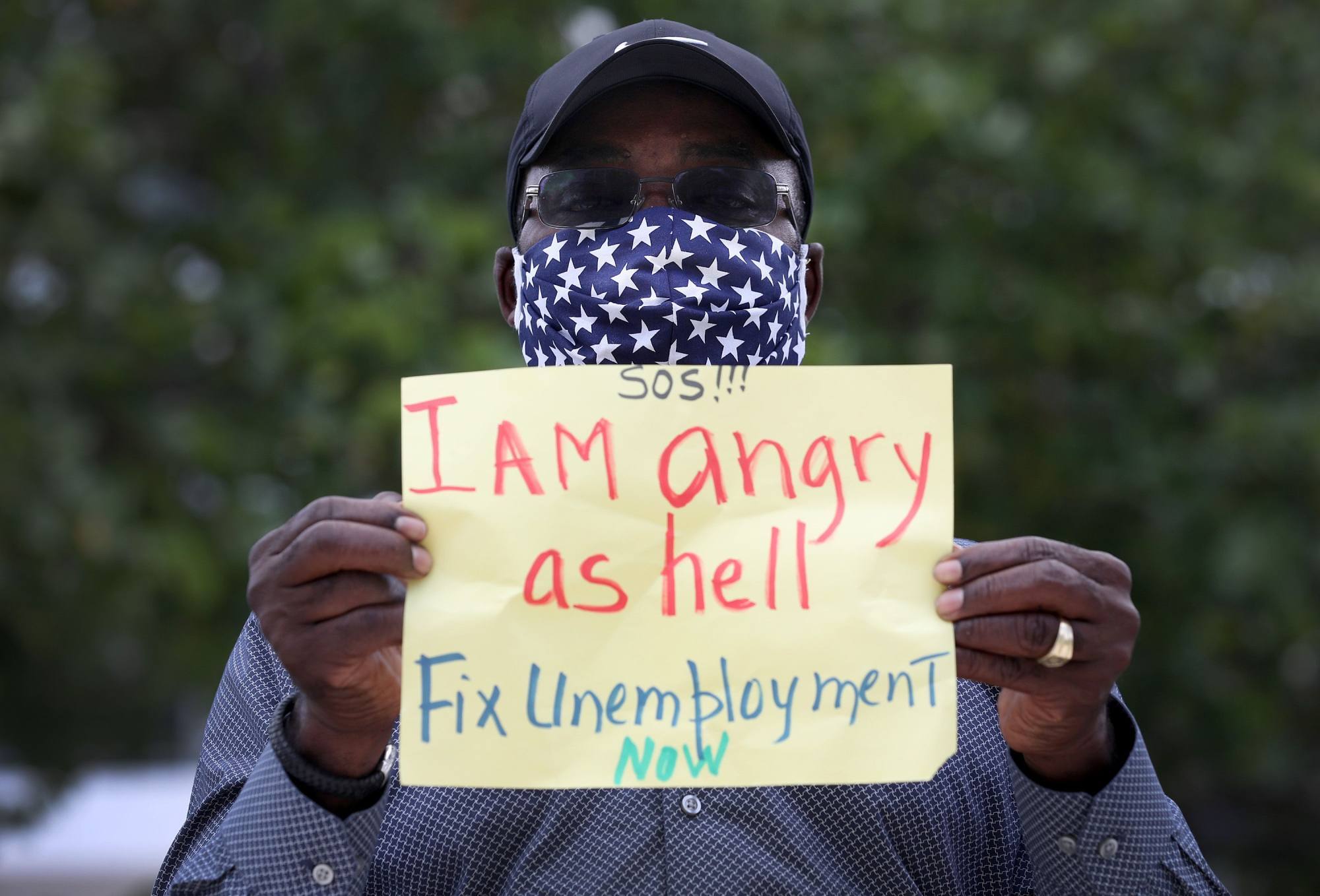
China can help Biden ‘build back better’ and boost US infrastructure
- Seeing infrastructure as a dimension of competition with China is misguided
- The US could instead tap Chinese firms, which have strong technical capabilities and financial backing, to handle infrastructure projects
It is difficult for a large country to develop and maintain good infrastructure. Those with the best infrastructure tend to be city-states (Singapore), small (Switzerland, the Netherlands) or densely populated (Japan and South Korea).
Much of the US’ ageing infrastructure was built in the period from the presidency of Franklin D Roosevelt to Eisenhower’s. The share of federal funding for US public infrastructure investment, declining since Ronald Reagan’s days, stands at only 25 per cent today.
While there has been bipartisan support for infrastructure in principle, there is no agreement on what should be included (for example, climate-focused), where (urban versus rural), who will pay for it (federal versus state) or how it will be financed (tax increases versus private investments). Even for something as foundational to its long-term future, progress eluded both Barack Obama and Trump in a system geared more towards partisan fights than addressing long-term issues.

The recent failures in the Lone Star state, whose “independent” power network is not subject to federal regulations, epitomised the problematic federal-state relationship when it comes to infrastructure in the US. It is difficult to coordinate interstate infrastructure in such a decentralised system.
The US relies heavily on cash-strapped and indebted state and local governments to finance its infrastructure. They are often bogged down by short-term financial pressures instead of addressing long-term problems.
Trump’s infrastructure dream for the Indo-Pacific lacks one crucial element – money
Seeing infrastructure as a key dimension of competition with China is to frame the issue wrongly. The US’ key challenges are mainly internal decline and divisions, not “the other”.
Forward-looking China paradoxically compares itself primarily with its past rather than any contemporary peer. While the US wants to keep China down, China is unafraid to build the US up.
There are two ways to look at the US-China relationship. The first is win-win. As long as both parties are better off, their relative sizes don’t matter much. The second is lose-lose. The key goal is to contain China at all costs, even if the US were far worse off for it.
Surrounded by ocean to the east and west, it is a stretch to say China is a threat to the US. What is being threatened is unrivalled US hegemony.
Biden’s plan to ‘gang up’ on China could backfire on the US
As no country has unlimited fiscal resources, good governance requires wise allocation. As a percentage of GDP, the US spends 50 per cent above the world average on defence, but around one third below world average for infrastructure. Other than Middle-Eastern countries and Russia, no major state allocates more of its GDP to military spending than the US.
Instead of wasting lives and funds on repeated failure from futile meddling in other countries’ affairs, Washington should perhaps prioritise helping its own people. The US has been investing a declining share of its GDP (2.3 per cent in 2017) in infrastructure. Closing the infrastructure gaps would create 1.2 per cent more jobs. Not doing so could lead to 3 million lost jobs by 2039.

In addition to tax increases, foreign capital is an alternative source of infrastructure funding. Developing countries have long funded infrastructure through foreign direct investment. Until 2019, the US has been the world’s top FDI destination. Perhaps a bit more of that FDI may be directed to infrastructure.
While unthinkable for Washington, China can be a win-win partner for the US to build back better. For infrastructure projects, Chinese firms have strong technical capabilities and financial backing.
Winston Mok, a private investor, was previously a private equity investor



